What are Kokedamas: How to make Kokedamas with plants
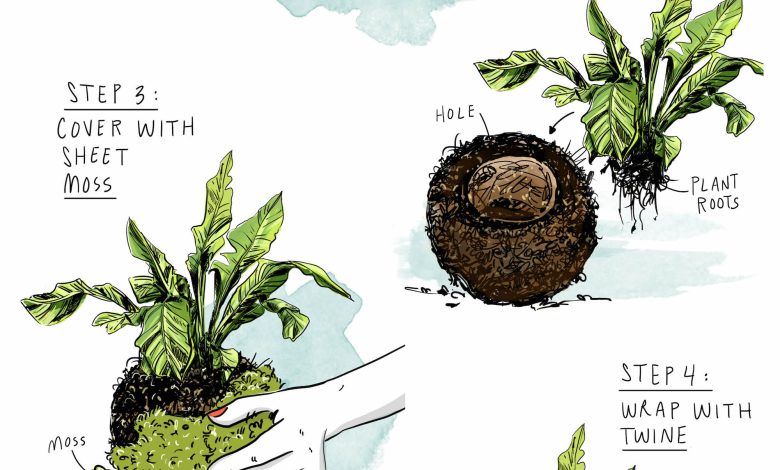
Today I am going to talk about the Kokedamas. I heard about them recently and it seemed like a good idea to have some of these in the garden… I couldn’t pass without telling you about it since they are also not difficult to make.
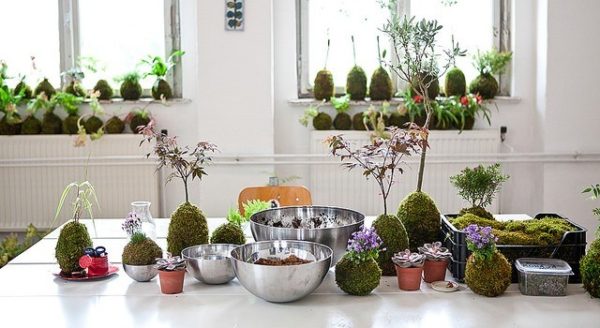
What are Kokedama?
It is a very original way of growing plants and with which you can create beautiful gardens suspended in the air or simply give a touch of style to the garden with one or two hanging kokedamas.
The kokedamas are nothing more than plants grown on a sphere of substrate surrounded by moss or another element that supports the earth and adorns the exterior. The plants are not, therefore, inside normal growing containers such as pots or growing tables.
This technique comes from Japan. You may remember bonsai for the small amounts of soil they require, but with the difference that kokedamas are much easier to care for and maintain.
How to make Kokedama?
The procedure for making kokedamas is not very complicated. In fact, it could be an interesting activity to do with students in a school garden.
Materials to make Kokedama
To get started, you will need the following materials:
- A plant
- Optional: Sponge sphere (you can buy it at garden stores or other specialized stores) and a spoon to empty it.
- A good substrate or substrate enriched with peat, compost or other material that fertilizes it.
- Moss or other material, such as colored wool, to upholster the kokedamas.
- Transparent thread, thin cord or wire that is green and not too thick.
Kokedama step by step
Making the kokedamas is easier with the use of the sphere where the root ball will be inserted, but its that is not essential. Instead of using the sphere, emptying it and putting the substrate and the plant inside, you can make a ball with the soil yourself (using a slightly clayey substrate and adding water until a kind of moldable clay is formed).
Make a hole with your fingers to insert the roots of the plant, and then fill it in until the plant is well supported. If you don’t use the sponge, let the ball of soil dry until it’s a bit hard before lining it with moss or another material like colored yarn.
To hold the material on the outside, wind clear string in various directions, or if you’re using the sponge ball, you can also stick wire bobby pins to secure the moss to the ball.
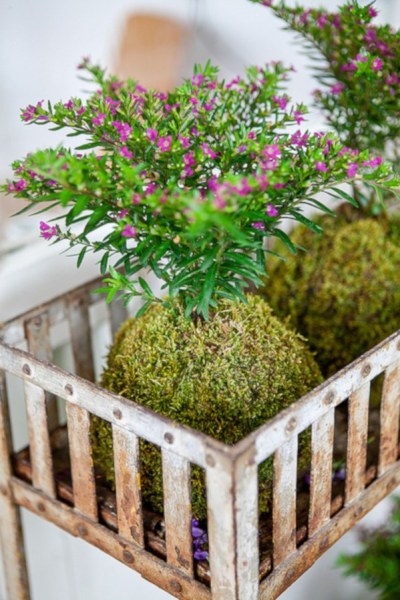
What plants can I make kokedamas with?
This technique can be done with almost any plant, but if you want it to last a long time, it is better to do it with plants that are not very demanding, indoor plants or with plants that are not annuals, since you will not have to renew the kokedamas every year. You can choose, for example, aromatic or perennial plants with flowers, which will add a touch of color and, as we saw in the post Flowers in the garden, have many other benefits, such as attracting beneficial pollinators to the garden.
It is also important that the chosen plant has slow growth and a root system that is not excessively voluminous and deep. If this is not the case, it will quickly occupy the entire substrate and the roots will end up going outside, so you will have to change the plants to larger kokedamas. What you can do is prevent this by choosing large enough kokedamas early on based on the size of the chosen plants and their roots.
What care do Kokedamas need?
The kokedamas do not need too much care other than what the plants they contain require.
Like any plant, they need a lot of light, so place them in bright places, but direct sunlight is not good.
Also keep in mind that watering should be done by submerging the balls in water, not adding it from outside. When you go to water, take them off the hook and submerge them in water for 5 to 10 minutes, until all the air bubbles inside the ball have been filled with water (you will know this because, being submerged, there will be a moment when they stop coming out bubbles).
It seems easy!! I hope you are encouraged to make your own kokedamas and send us a photo!

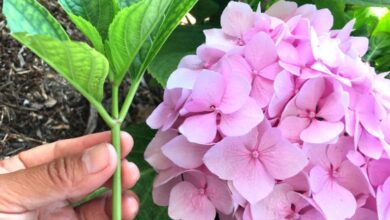
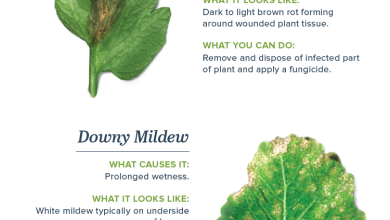
![Photo of Gooseberry: [Characteristics, Cultivation, Care and Disadvantages]](https://www.complete-gardening.com/wp-content/uploads/2022/08/gooseberry-characteristics-cultivation-care-and-disadvantages-390x220.jpg)
![Photo of Lavender Care: [Soil, Humidity, Pruning and Problems]](https://www.complete-gardening.com/wp-content/uploads/2022/08/lavender-care-soil-humidity-pruning-and-problems-390x220.jpg)